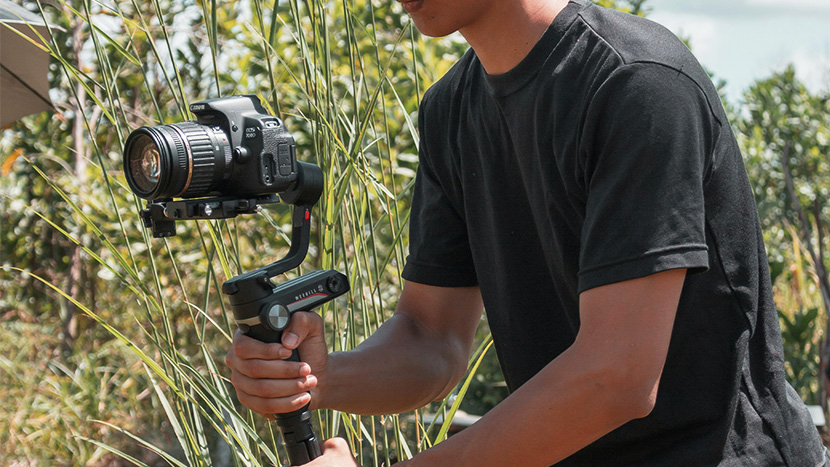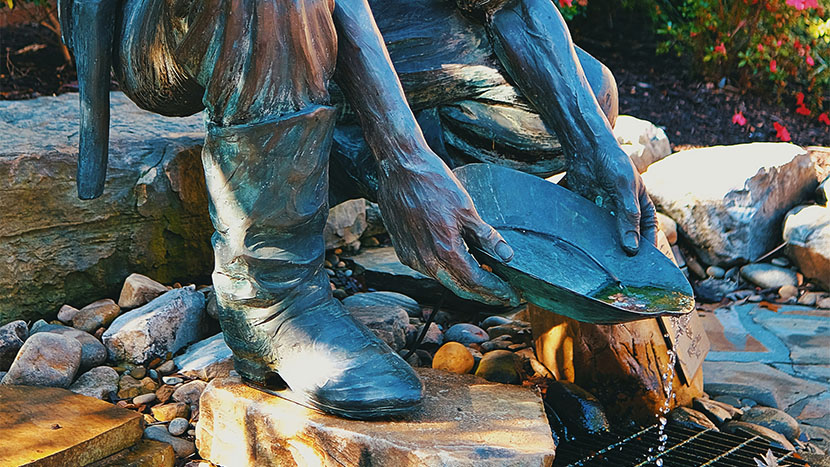Stress is a natural part of life, triggering the body’s fight-or-flight response to protect us in challenging situations. While short-term stress can sharpen focus and performance, chronic stress disrupts homeostasis, leading to physical and mental strain. Elevated cortisol levels, inflammation, and immune suppression are just a few consequences of prolonged stress.
Maintaining balance in the face of stress is crucial for overall well-being. Natural remedies like CBD roll-on, full-spectrum CBD oil, and other spectrum CBD products offer promising solutions to support the body’s recovery and promote a state of equilibrium.
Understanding Stress and Its Impact on the Body
Stress affects the body in profound ways, influencing both short-term responses and long-term health.
Acute vs. Chronic Stress
- Acute Stress: Short-term stress caused by immediate challenges, such as a tight deadline or a physical threat. Typically subsides once the issue is resolved.
- Chronic Stress: Prolonged stress resulting from ongoing challenges, like work pressures or financial concerns, can negatively impact health.
Disruptions to Homeostasis
Chronic stress leads to:
- Elevated Cortisol: Persistent high cortisol levels can suppress the immune system and increase inflammation.
- Inflammation: A stress response that, when excessive, contributes to muscle pain, headaches, and fatigue.
- Imbalanced Endocannabinoid System (ECS): The ECS plays a key role in regulating mood, stress, and inflammation. Stress can impair its function, making it harder for the body to restore balance.
Natural compounds like CBD work with the ECS to regulate these stress responses, helping the body achieve homeostasis.
The Role of CBD in Stress Management
Cannabidiol (CBD), derived from the hemp plant, is a natural compound that interacts with the ECS to promote relaxation and reduce inflammation.
How CBD Interacts with the ECS
The ECS regulates vital functions such as mood, sleep, and immune response. CBD influences ECS receptors to:
- Reduce cortisol levels.
- Alleviate inflammation.
- Promote relaxation and a sense of calm.
Key CBD Variants
CBD products come in several key variants, each catering to different preferences and needs. Full-spectrum CBD oil includes a range of cannabinoids, terpenes, and trace amounts of THC. This combination produces what is known as the “entourage effect,” where the compounds work together to enhance their overall benefits. Full-spectrum options are ideal for those seeking comprehensive support for wellness, stress management, or inflammation reduction.
For those who prefer to avoid THC, broad-spectrum CBD oil offers a compelling alternative. This type retains the other beneficial cannabinoids and terpenes found in the hemp plant but excludes THC, making it suitable for individuals with sensitivities or specific lifestyle preferences.
Lastly, CBD isolate provides pure CBD without any additional cannabinoids or terpenes. It is an excellent choice for targeted relief, offering the benefits of cannabidiol without other active compounds. These three variants allow users to select a product tailored to their unique wellness goals and requirements.
Popular CBD Products for Stress Relief
- CBD Oil Tinctures: Systemic stress relief and mood regulation.
- CBD Roll-On: Targeted application for physical tension and soreness.
- CBD Freeze: Combines CBD with cooling agents to relieve muscle strain.
Full-Spectrum vs. Broad-Spectrum CBD for Balance
Choosing between Full-Spectrum and Broad-Spectrum CBD depends on individual needs and preferences.
Benefits of Full-Spectrum CBD Products
- The entourage effect enhances stress relief and overall balance.
- Comprehensive support for mood, inflammation, and sleep.
Broad-Spectrum CBD for THC-Free Relief
- Offers similar benefits without THC.
- Suitable for individuals sensitive to THC or those in environments with strict regulations.
Both options are effective for stress management, but understanding the nuances of each can help consumers select the right product for their wellness goals.
Natural Solutions for Stress-Induced Physical Strain
Stress doesn’t just affect the mind, it often manifests as physical tension, headaches, and muscle pain.
Stress and Physical Tension
Prolonged stress causes muscle contractions, leading to soreness and stiffness, especially in the neck, shoulders, and back.
Targeted Relief with CBD Products
- CBD Roll-On: Easy-to-apply solution for tight muscles and localized discomfort.
- CBD Freeze: Combines CBD with menthol to provide immediate cooling relief for overworked muscles.
Supporting Physical Recovery
Hemp Seed Oil and Full-Spectrum Hemp Extract enhance hydration and reduce inflammation, aiding recovery from stress-induced strain.
Supporting Mental and Emotional Balance
Addressing the mental impact of stress is as important as managing its physical effects.
CBD for Mental Strain
- CBD Oil Tinctures: Support mood regulation by interacting with serotonin receptors.
- Spectrum CBD Oils: Help reduce feelings of anxiety and promote relaxation.
Complementing CBD with Mindfulness Practices
- Meditation: Encourages relaxation and focus.
- Yoga: Combines gentle movement with breathwork to relieve stress. Pairing CBD with these practices can amplify their calming effects.
The Hemp Plant: A Natural Ally for Homeostasis
The hemp plant is a treasure trove of beneficial compounds that support balance and recovery.
Cannabinoids, Terpenes, and Nutrients
- Full-spectrum hemp extract contains cannabinoids, terpenes, and flavonoids that work together to restore homeostasis.
- Hemp seed oil provides omega fatty acids, which support brain health and reduce inflammation.
Versatility of Hemp Products
From CBD oils to spectrum CBD products, the hemp plant offers solutions for mental, physical, and emotional balance.
Incorporating CBD Products into a Stress Management Routine
Building a stress management routine with CBD can help maintain equilibrium.
Daily Use for Balance
- Full-Spectrum CBD Oil or CBD Oil Tinctures: Take daily for ongoing stress support and mood regulation.
- Hemp Seed Oil: Incorporate into meals for omega fatty acids that promote brain and cardiovascular health.
Immediate Relief
- CBD Roll-Ons: Apply to areas of tension for quick relief from muscle stiffness.
- CBD Freeze: Use post-exercise or after long workdays to cool and soothe sore muscles.
Complementary Natural Remedies
Combine CBD with herbal teas, aromatherapy, and other natural solutions for a holistic approach to stress relief.
Ensuring Safety and Quality in CBD Products
Choosing high-quality CBD products is crucial for effectiveness and safety.
What to Look For
- Third-Party Lab Testing: Verifies purity, potency, and the absence of contaminants.
- Organic Ingredients: Avoids synthetic additives that can irritate the body.
- Transparent Labeling: Ensures consumers understand the product’s contents.
Guidelines for Safe Use
- Start with a low dose and gradually adjust.
- Consult a healthcare provider before incorporating CBD, especially if using other medications.
In Conclusion
Stress is an unavoidable part of life, but its impact on the body can be managed effectively with the right tools. Natural compounds, particularly CBD products like CBD roll-on and full-spectrum CBD oil, offer powerful support for maintaining balance in the face of physical and mental strain.
By embracing a holistic approach that includes CBD, mindfulness, and healthy habits, individuals can protect themselves from the harmful effects of stress and restore a sense of equilibrium. Invest in self-care, and let nature support your journey to wellness.




















































































































